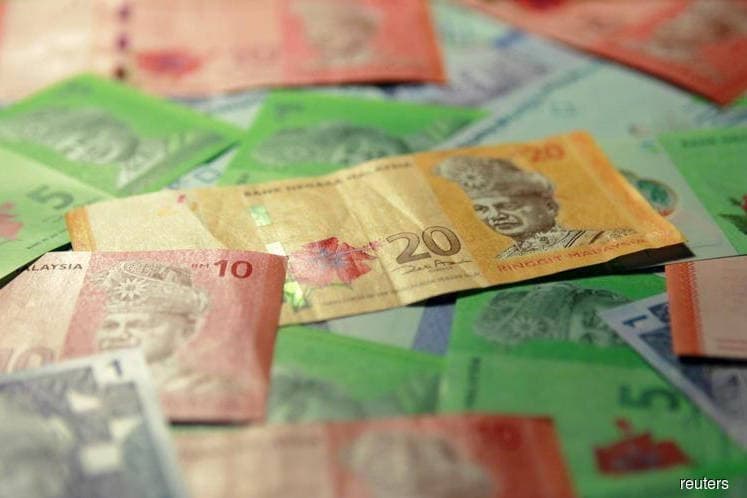
This article first appeared in The Edge Financial Daily on May 17, 2018
KUALA LUMPUR: The ringgit could depreciate to 4.20 against the greenback by the end of the year as domestic and external events may exert pressure on the currency, according to DBS Group Research.
“A surprise election outcome, potential downside on the fiscal position and more hawkish monetary policy action from the US [Federal Reserve] may weigh on the ringgit.
“We expect the ringgit to hit 4.20 against the US dollar by end-2018,” said Irvin Seah, DBS economist, in an economics and strategy note yesterday.
The ringgit was at a three-month low of 3.963 against the US dollar yesterday, charting a 0.34% or 0.0133 sen decline from last Friday’s close of 3.9497.
“The weaker currency could in turn stoke domestic price pressure given Malaysia’s high import propensity,” Seah said, adding higher oil prices would also directly impact domestic prices.
“Yet the possible removal of the goods and services tax (GST) could mean lower inflation, although more clarity on the timeline of the potential policy change would be required.
In a new development yesterday, the ministry of finance said the GST rate would be reduced to 0% effective June 1.
Even so, former Bank Negara Malaysia governor Tan Sri Zeti Akhtar Aziz expects the ringgit to perform better when investor confidence is restored in the economy and country following Pakatan Harapan’s unexpected victory in the recent general election.
“I believe the fundamentals are still there (intact). When the fiscal regime and condition improve, it will also contribute towards improved ratings,” she told media on Tuesday.
In its strategy note, DBS also projected Malaysia’s economy would expand by 5.4% in the first quarter of 2018 compared with 5.9% in the previous quarter, noting that while its near-term growth prospects remain sanguine, momentum could slow compared with last year.
“With economic conditions normalising and inflationary pressure rising yet non-threatening, the central bank will most likely maintain a stable monetary policy,” DBS said.
It forecasts the overnight policy rate to remain a stable 3.25% for the rest of 2018 and heading into 2019.
It expects an upward shift in inflation to be gradual as inflationary pressures have remained muted, owing in part to a high base last year. “This makes for a downward revision to our inflation forecast for 2018 to 2.6% from 3.5% previously.”
Meanwhile, MIDF Research’s first-quarter gross domestic product (GDP) forecast is slightly higher at 5.5%.
MIDF is also maintaining its full-year growth projection at 5.5% as factors that could impede the growth rate include unfavourable base effects, inflationary pressures, and a slight deceleration in private spending.
Following a slowdown in private expenditure in the quarter, MIDF also sees private investments decelerating, “given that key indicators such as working capital loans shrank 17% year-on-year” while imports of capital goods slowed to 3.3% during the quarter compared with the previous year.
MIDF observed the slowdown was despite the upward trajectory in the economy amid strong domestic spending and robust external trade.
“We also believe the gradual rise in commodity prices will further progress commodity-related industries in 1Q18 (first quarter of 2018).”